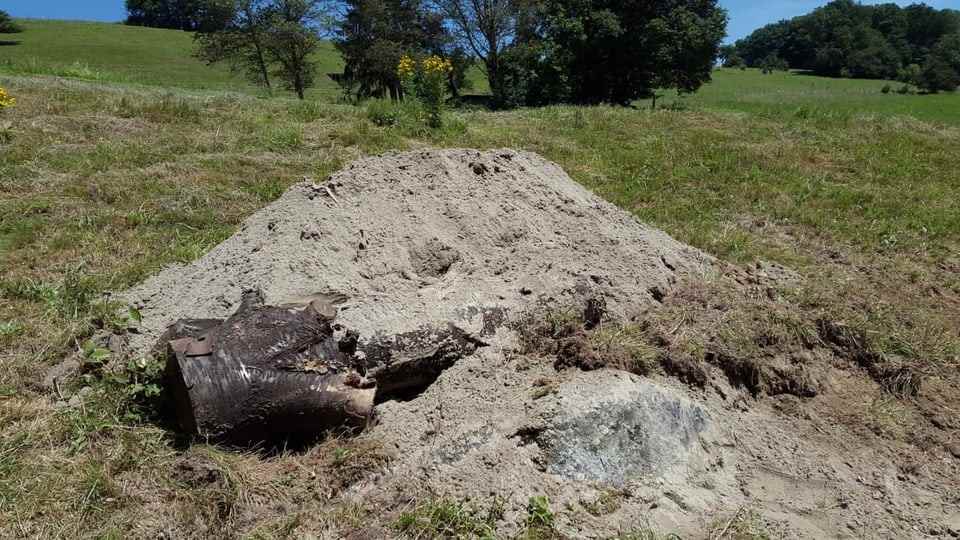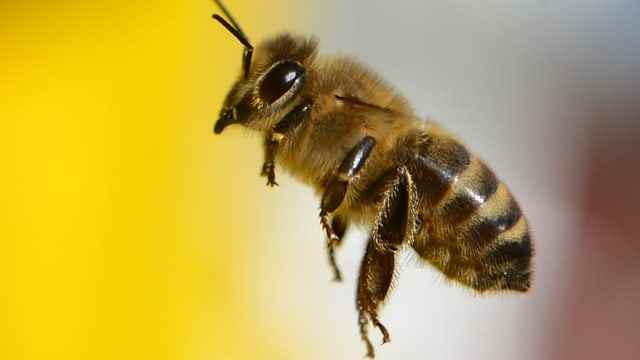contents
Bee-friendly agriculture: A pilot project is considered to have been successfully completed after six years. Now it’s about money.
According to the farmers’ association, Aargau is one of five important agricultural cantons. A pilot project has been running here for almost six years, which wants to bring farmers and beekeepers together so that the wild bees, which are so important for nature, have more habitat again – also on agricultural land. The federal government and canton support the project financially.
347 Aargau farms and over 250 beekeepers took part in the “Bee-friendly agriculture in Aargau” project. And shortly before the end of the pilot test, it becomes clear that even small measures help the wild bees. But it takes effort, the necessary knowledge – and possibly a loss of yield on the part of the farmers.
600 sand piles for wild bees
In the course of the Aargau project, farmers mowed their meadows at different times than usual, or they left the flowers on the field longer. Other farmers, on the other hand, have piled up piles of sand. The wild bees can nest in these.

Legend:
Such piles of sand serve as nesting sites for wild bees.
zvg/Farmers Association Aargau
“The 600 or so heaps of sand that Aargau farming families have created are really useful,” explains Ralph Bucher from the Aargau Farmers’ Association. This was determined by scientists from Agroscope (Swiss research for agriculture, nutrition and the environment) and Fibl (research institute for organic farming), who are accompanying the Aargau trial. While they found nine nests in a pile of sand in the first year, there were already 17 in the second year – so the wild bees are using the new habitat.
Conflict between biodiversity and yield?
So the smaller measures work. But what about major interventions in agriculture? No more pesticides, no more monocultures? “If you want as many bees as possible in a grain field, you shouldn’t do anything, but you have to put up with weeds,” says Ralph Bucher from the Aargau Farmers’ Association. “In addition, you can harvest far less grain. It’s a conflict of goals.” The consequence is that you have to import grain, which in turn does not make sense from the farmers’ point of view.
If you want a lot of bees in a field, you shouldn’t do anything there.
However, there are new wheat varieties, for example, in which the stalks are not quite as densely packed. Flowers can grow in between, which provide the wild bees with important food.
The experiment has shown that this can work for both sides. Only: “In return, you would have to compensate this type of agriculture because it yields less,” says Bucher. In the end, it’s all about the money – the question is who will pay for the loss of earnings in favor of wild bees.
The findings from the Aargau pilot project should not only serve the project region, but also benefit Swiss agriculture as a whole. The Aargau pilot test will be over at the end of the year. Then the discussions about the financing of measures for the wild bees should really start.
